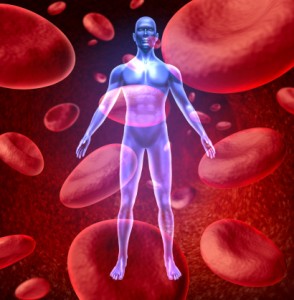Deep Vein Thrombosis
- Patients who develop DVT commonly have thromboembolic risk factors, such as cancer, trauma, major surgery, hospitalisation, immobilisation, pregnancy, or oral contraceptive use. However, many patients have no history of a provocation, and these patients are classified as having unprovoked or idiopathic DVT.
- Most DVTs are asymptomatic; however, there may be asymmetrical leg swelling, unilateral leg pain, dilation or distension of superficial veins, and red or discoloured skin.
- Diagnosis requires documentation of a blood clot in a deep vein in the leg, pelvis, or vena cava by venous duplex ultrasound imaging or CT scan.
- DVT is usually treated with anticoagulants such as unfractionated heparin, low molecular weight heparin, fondaparinux, rivaroxaban, apixaban, edoxaban, and/or warfarin.
- Generally, oral anticoagulation is continued for 3 to 6 months. In selected patients with significant thromboembolic risks, careful consideration should be given to maintaining oral anticoagulation indefinitely as long as the risks of bleeding are lower than the risks of recurrent venous thrombosis.










